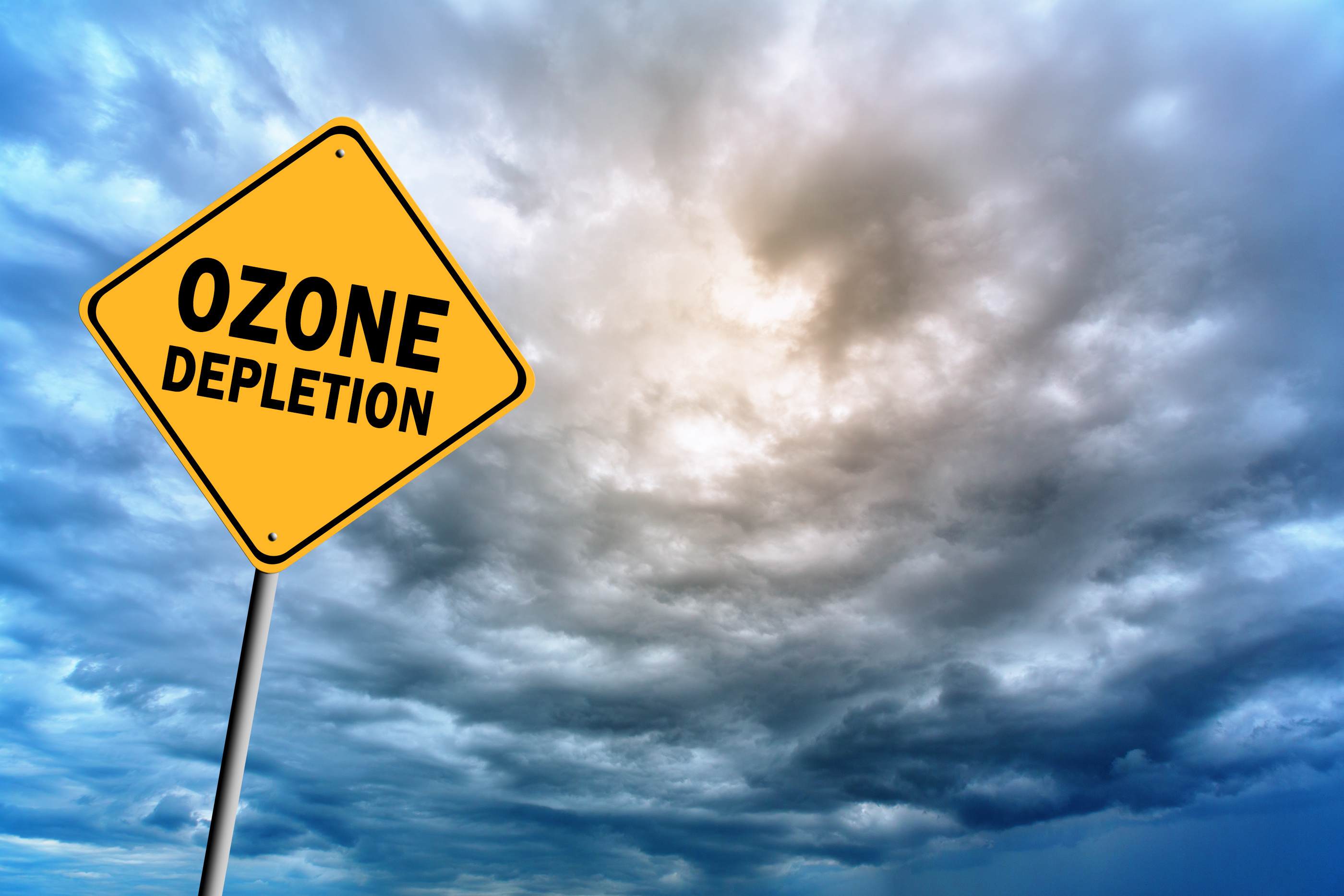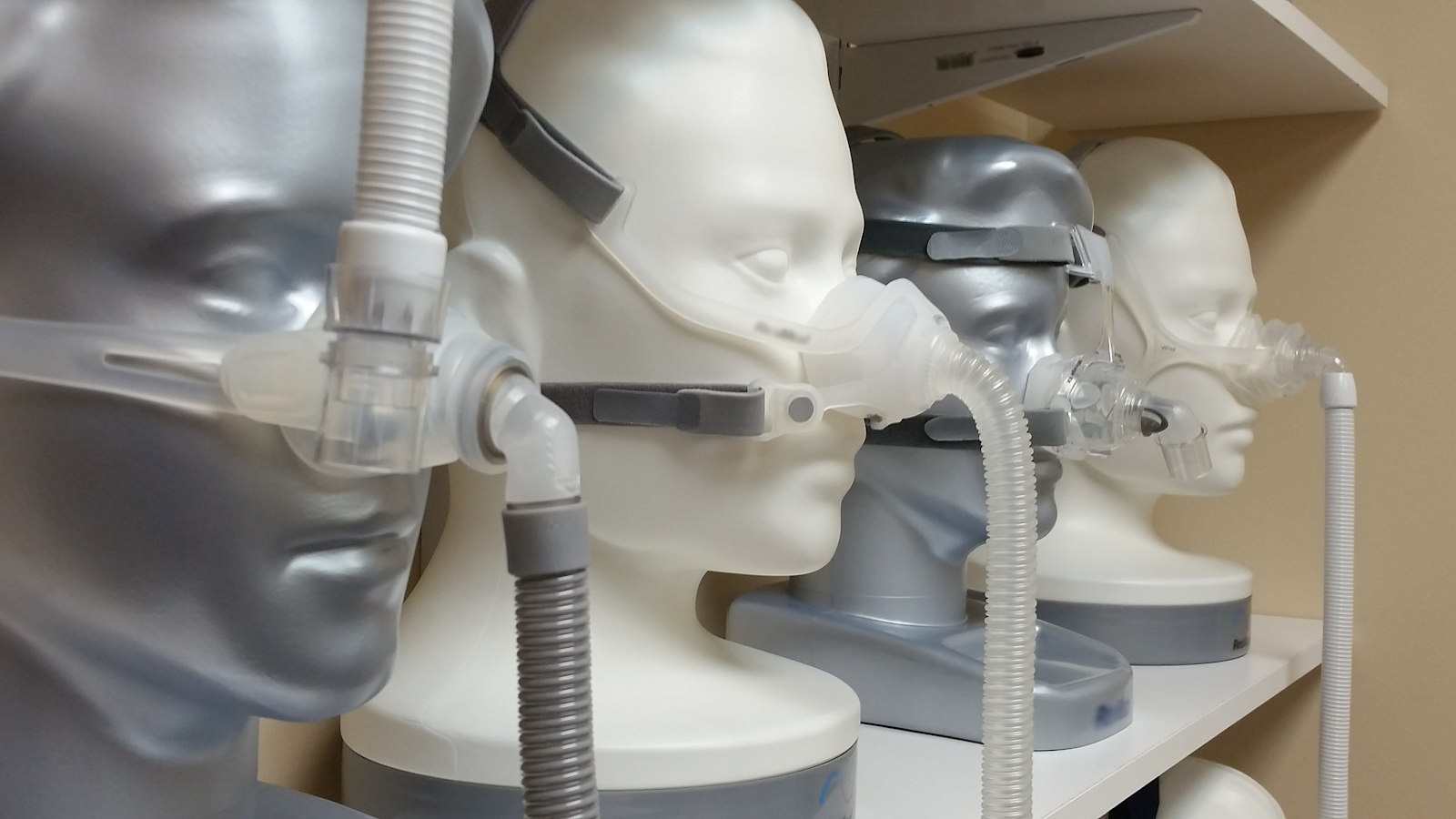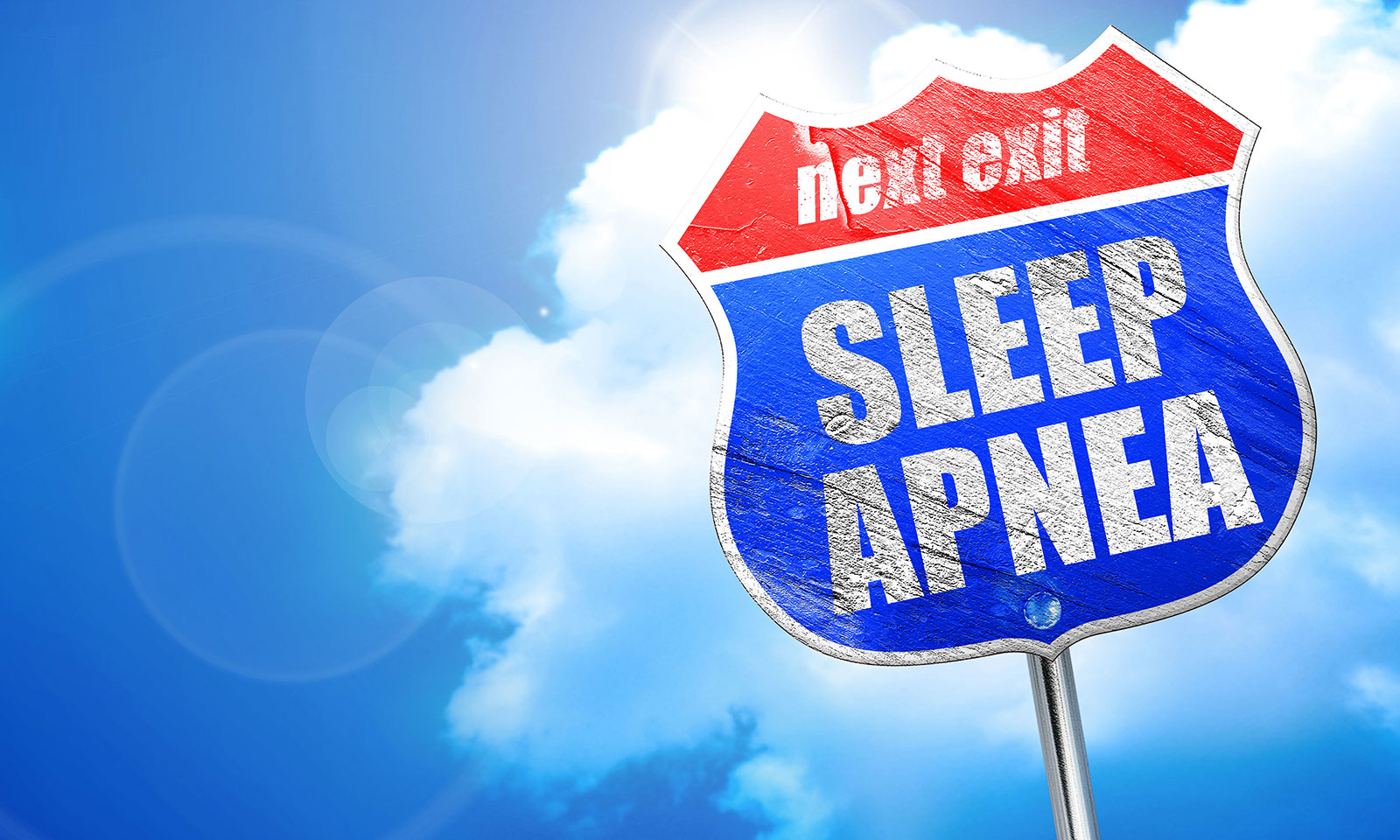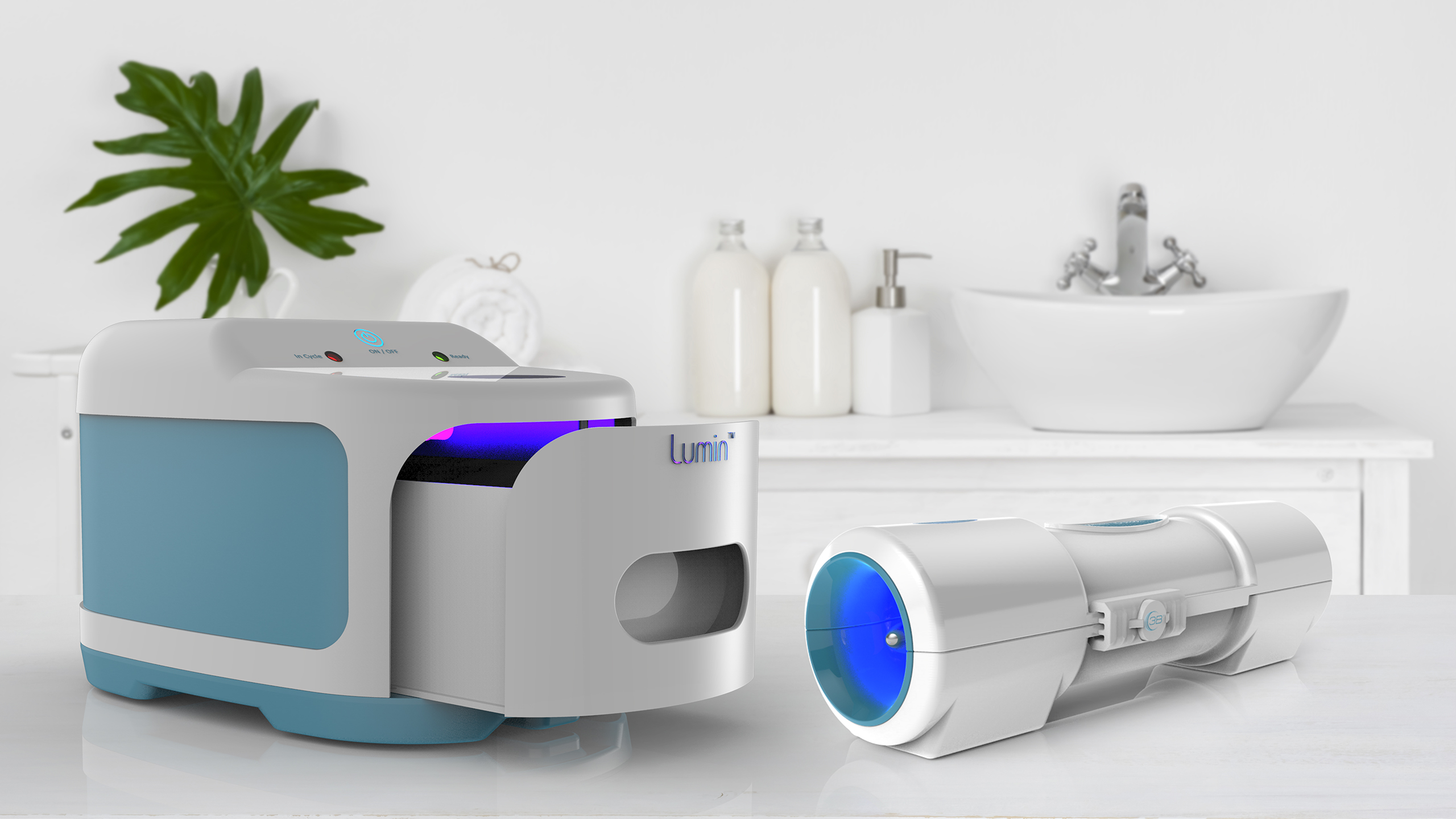With the launch of a new ultraviolet light-based sanitising device, Sleep Review takes a look at the pros and cons of ozone versus UV light, as opposed to plain water and soap, as well as the impact of travel CPAPs on the device cleaners market.
By Dillon Stickle
As CPAP technology continues to advance, so does accessories like CPAP cleaners. Cleaners help patients keep their devices free of bacteria and other buildup, and some find the convenience of cleaner devices to be an integral part of their therapy experience. This article discusses the advantages and disadvantages of ozone versus ultraviolet (UV) light, as opposed to soap and water, to clean CPAPs, as well as the impact of the increase of travel CPAPs on the CPAP cleaners market.
UV Light, Ozone, or Soap and Water?
3B Medical recently launched the Lumin, which uses UV light to sanitise CPAP masks, water chambers, and hoses.
Incorporating UV is a new technology in the CPAP cleaners market, though it has been previously utilized for other types of medical sanitisation. Alex Lucio, CEO of 3B Medical, says, “We planned a 90-day initial production run and went on back order within the first week of sales. We raised production levels and still went on back order.”
Lucio thinks the higher-than-3B-anticipated order volume is due to pulmonary physician concerns over respiratory patients using CPAP cleaners that rely on ozone—traditionally the sanitising mechanism employed in CPAP cleaning devices.
Though using ozone does have its own advantages, which are discussed later in this article, Lucio says a concern is: “When ozone is handled correctly (ie, not vented into a room with humans or pets and a 2- to 3-hour waiting period before use), it is an effective sanitiser. But if used incorrectly, or with products that don’t have safety warnings or labeling, it can result in pulmonary edema and lung irritation. For that reason, I think the market was primed for an ozone-free alternative to sanitisation.”
Ozone (O3) is the sanitiser that most sleep clinicians think of when it comes to CPAP cleaners. SoClean, maker of the SoClean cleaner, uses ozone for its devices for several reasons, according to Jess Cormier, director of marketing at SoClean.
“Ozone has the ability to permeate into areas that are difficult to reach by other processes, such as the inside of a CPAP hose, water in the reservoir, and crevices of the reservoir and mask,” she says. “CPAP hoses, for instance, are a breeding ground for germs and bacteria and are often constructed with ridges throughout, making it very difficult to thoroughly sanitise a hose.”
SoClean’s technology floods the inside of the hose with ozone, cleaning the interior and its crevices.
“SoClean connects directly to a CPAP device via adapter to automatically sanitize the CPAP reservoir, hose, and mask between uses without any additional work on behalf of the user,” Cormier says, adding that it’s an automated and fully closed system that will even sanitize residual water left in the humidifier chamber.
The downside with UV light as a CPAP cleaner, according to SoClean is that it’s “only effective on the surface that it touches,” Cormier says. “Any shadows cast on any piece of equipment can impede the effectiveness of the UV light process. For example, a mask in a compartment will not be completely sanitized by UV light if the surfaces are pressed against a wall of a compartment.”
Lucio, however, counters by saying the Lumin solves this potential problem of light-based sanitisation. He says the Lumin chamber is constructed of highly polished aluminum that reflects UVC light 360 degrees.
“Additionally,” he says, “most thin polymers and silicones are semi-transparent to UVC, allowing UVC to penetrate sufficiently for additional coverage into crevices of a soft plastic or silicone. For example, with a CPAP hose, sufficient UVC penetrates the interior of the hose to sanitise and stop growth of a biofilm. 3B Medical does not make a marketing claim on sanitising the interior of the hose because the wide variety of hoses on the market makes it difficult to design a study to support the claim, but the company does advise using Lumin twice a week on a CPAP hose for general sanitization.”
Lucio adds that in a few months, 3B will launch a companion accessory called the Lumin Bullet, specifically designed to sanitise the interior of a CPAP hose.
So what about regular soap and water? This is the most accessible and affordable CPAP cleaner available and many CPAP device and mask makers recommend it as the default choice.
CPAP cleaner companies concede that soap and water are effective, but point out there are downsides, particularly related to the amount of time needed and the lack of convenience.
SoClean’s Cormier says soap and water can be an effective sanitization method if done correctly.
“However, it is nearly impossible to reach the inside of a hose and the crevices in a hose, the inside of a reservoir, and the crevices of a mask with soap and water alone,” she says. “This method of cleaning is a time-consuming process for users that requires taking apart CPAP machines and a scrubbing process.”
Daniel Labi, vice president of product sales at VirtuOx, maker of the VirtuClean CPAP cleaner, which uses ozone, says, “Cleaning with soap and water is a very time-consuming, tedious process that cannot ensure all of the necessary germs and bacteria are sanitized at the same rate that you can with ozone.”
Lucio says, “Soap is a surfactant, which means it can loosen bacteria. But when hands are rubbed together or fingers rub a surface, bacteria are typically just moved and relocated,” he says. “We generally recommend use of a CPAP wipe to remove oil and residue (or soap and water) followed by sanitization.”
The Impact of Travel CPAPs on the CPAP Cleaners Market
Consumers have more awareness today ever than before about the need to travel with their sleep apnea therapy, in part due to the launches of the Philips DreamStation Go and ResMed’s AirMini in 2017.
Soap and water remain accessible while traveling, but the drying time for this cleaning method may not be available, particularly when hotel checkout times are 11 a.m. or noon.
CPAP cleaner companies weigh in on whether the increased awareness of traveling with CPAP has made an impact on their businesses.
3B’s Lucio says there hasn’t been much of an impact and that users will make their own decisions when it comes to how they use or clean their device.
“Our view of this is that sanitisation is education and awareness,” he says. “A patient with a travel PAP [device] is either going to respond—or not—based on their own awareness, but not because of owning a travel device.”
SoClean sees it differently. “The increase of travel CPAPs has been beneficial for the CPAP cleaners market as a CPAP user’s investment in travel devices confirms the importance of adhering to daily CPAP therapy,” says Cormier, adding that the company markets its SoClean 2 Go as a lightweight wireless device for travel CPAPs.
VirtuOx’s Labi says travel CPAPs have given VirtuOx an opportunity to meet a demand.
“We see it as a large opportunity for our specific device, which can easily be used for at home or traveling use,” he says. “With the growth of travel CPAPs in the market, typically this same market will grow hand-in-hand with a portable CPAP sanitizer.”
CPAP cleaners are one tool for patients to keep their device clean and free of potentially harmful bacteria. When deciding what option is best, clinicians and patients must weigh the pros and cons and figure out which option would work best for them.




